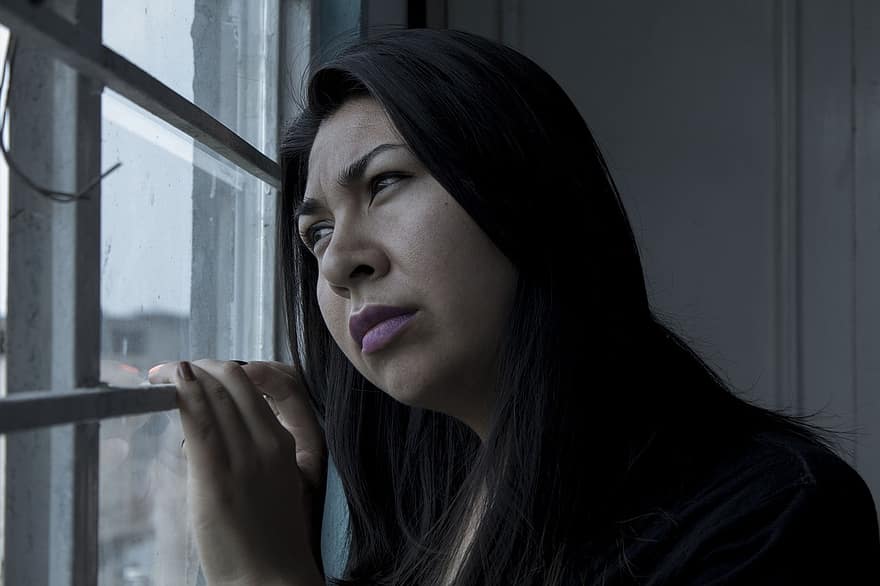Depression is a severe medical condition that presents with symptoms such as sadness, self-harm, low self-esteem, insomnia, sleeping too much, among others. For a physician to diagnose someone with depression, doctors do different types of screening. Although they cannot test for the disease, several blood tests rule out other factors causing your mood changes, such as hormonal imbalance, thyroid problems, and some medication.
Tests for depression
There are several tests to screen for depression. One of them is the Hamilton Depression Rating Scale which can evaluate the severity of the illness in patients with a previous diagnosis. The test consists of 21 questions. Each of the questions is related to a common symptom of depression. Higher scores indicate more severity.
The PHQ-9 is a self-administered test that assesses the severity or diagnosis of a patient. HealthCare workers consider it the best test so far. Another test is the Beck Depression Inventory which evaluates the mood, action, and symptoms. Answers fall between 0-3 according to severity.
The Zug self-rating scale for depression also assesses the severity of the disease. It consists of 20 questions that have 20-80 points. A higher score indicates more severe depression.
Types of depression
Screening for depression is not as straightforward as it seems since there are many types of depression. For example, major depression is a condition that doctors characterize with a consistently low mood and lack of interest. Other symptoms include suicidal thoughts, feelings of guilt, and insomnia.
Postpartum depression, which affects women, occurs after childbirth. Hormonal imbalances in the body can cause this time of depression. It can last days or even months following delivery. Depression can also be caused by dealing with challenges in your life like the death of a loved one, being unemployed, and divorce. This type is situational depression.
Bipolar disorder is another type of illness. The disease typically has high energy moods and low energy moods. When a patient is in a down phase, they experience symptoms of depression. Seasonal depression occurs in winter when sunshine is little and days become shorter. Fortunately, this type goes way on its own in the summer and spring.


